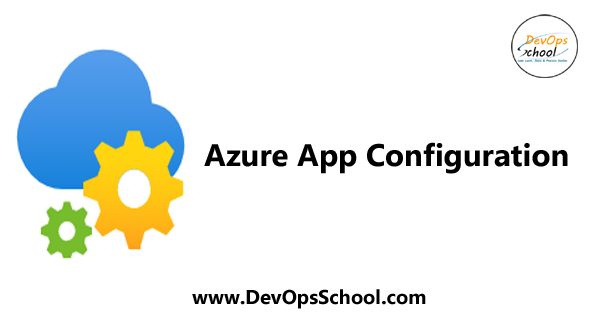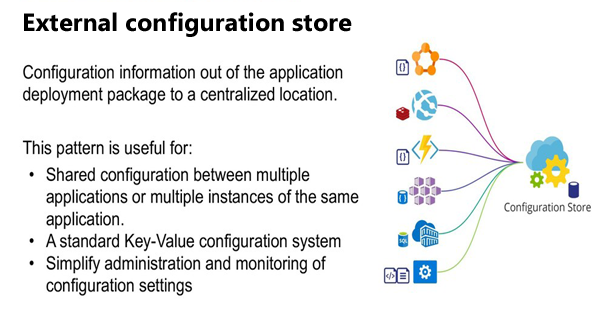
Introduction
Guys, first of all, let’s know about Azure, after that, I’ll explain to you about Azure App Configuration. Microsoft Azure is one of the platforms as a service (PaaS) solutions for building and hosting solutions using Microsoft’s products and in their data centers. Azure is Microsoft’s Cloud Computing Platform, similar to AWS by Amazon or Google Cloud by Google. This is one type of cloud infrastructure that allows you to develop, deploy, and manage services and applications from anywhere. The azure platform aims to help businesses manage challenges and meet their organizational goals.
Let’s know about Azure App Configuration
Azure App Configuration is part of Azure Development Services and it is also an Azure service that allows users to manage configuration within the cloud. Now, Users also can create App Configuration stores to store key-value settings and consume stored settings from within applications, deployment pipelines, release processes, microservices, and other Azure resources. Azure App Configuration is the best azure service that enables you to centralize your app configuration. This App Configuration can manage a service that helps developers centralize their app configuration and feature settings simply and securely.
Event-Driven Infrastructure with App Configuration

Create and configure an Azure App Configuration in the Azure portal
Before we create the application that uses settings and features flags, we’ll create an App Configuration to store those in.
We’ll create the Azure App Configuration in the Azure portal.
- Go to the Azure portal(opens new window)
- Click the Create a resource button (the plus-sign in the top left corner)
- Search for App Configuration and click on the result to start creating one
- Fill in a name for the App Configuration
- Select an Azure subscription
- Select or create a Resource group
- Select the Location
- Click Create
The App Configuration will now be created.


With App Configuration we get more than just a basic key store. Here’s some of my favorite features, Azure App Configuration provides the following benefits:
- Universal, fully managed configuration store for configuration and feature management
- Provides fast retrieval of configurations for any application in Azure, on-prem or in other clouds
- Complete data encryption, at rest or in transit
- Improve security by separating configuration from code
- Reduce configuration complexity across multiple environments
- Native integrations with popular frameworks such as .NET, Azure Functions, and Java Spring
Why use App Configuration?
Cloud-based applications run on multiple virtual machines or containers in multiple regions and use multiple external services. Creating a robust and scalable application in a distributed environment presents a significant challenge. Various programming methodologies help developers deal with the increasing complexity of building applications.
While any application can make use of App Configuration, the following examples are the types of application that benefit from the use of it:
- Microservices based on Azure Kubernetes Service, Azure Service Fabric, or other containerized apps deployed in one or more geographies.
- Serverless apps, which include Azure Functions or other event-driven stateless compute apps.
- Continuous deployment pipeline.
Azure App Configuration is built for speed, scalability, and security.
External configuration store

Using App Configuration
The easiest way to add an App Configuration store to the application is through Microsoft’s client library. Depending on the language and framework chosen, the following methods are available to connect with your application:
- For .NET Core and ASP.NET Core, used an App Configuration provider for .NET Core
- For .NET Framework and ASP.NET, App Configuration builder for .NET
- For Java Spring, App Configuration client for Spring Cloud is available.
- For others, we have App Configuration REST API
Conclusion
Azure’s App Configuration Service allows you to manage access to settings data. Configuration is a significant aspect of determining an application’s behavior. Settings files often include sensitive information like passwords and API keys. A fully managed service that can be set up in minutes. You don’t have to worry about the platform where the configurations are stored.
- How to remove sensitive warning from ms office powerpoint - July 14, 2024
- AIOps and DevOps: A Powerful Duo for Modern IT Operations - July 14, 2024
- Leveraging DevOps and AI Together: Benefits and Synergies - July 14, 2024

